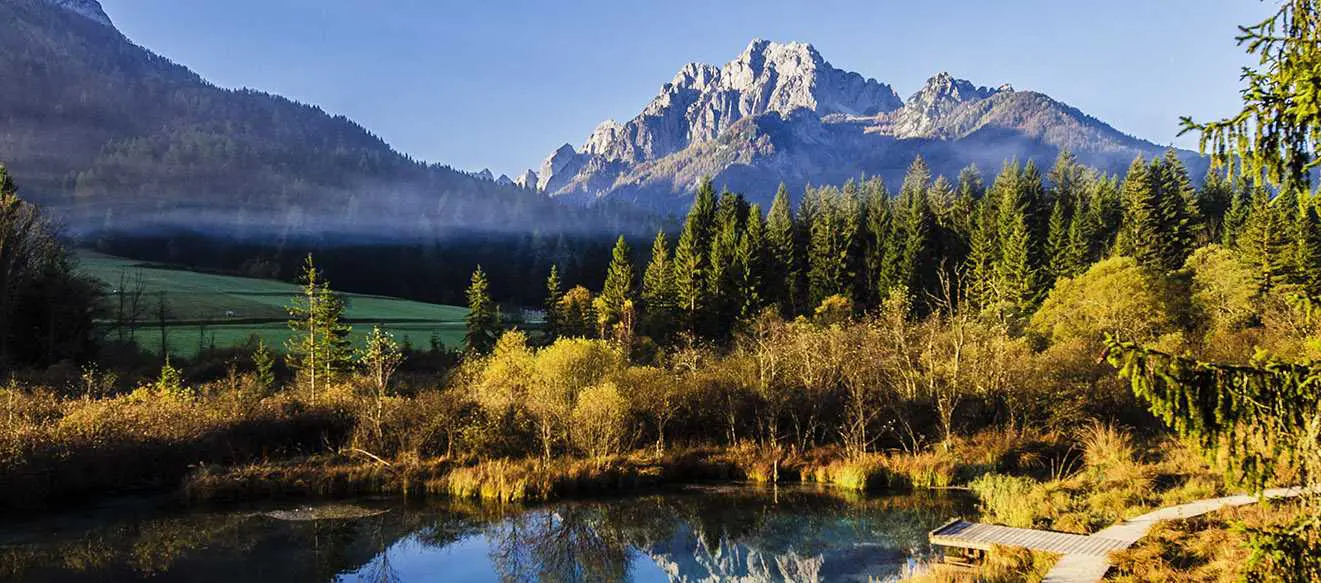Ever wondered what
it's like to have a slice of the savannah, complete with roaming lions and
towering giraffes, just a stone's throw from skyscrapers and city hustle?
Welcome to Nairobi National Park, a place that is so unique, it feels like
Mother Nature's own metropolitan masterpiece.
Facts About Nairobi National Park:
- Founded: 1946, making it the oldest national park in Kenya
- Location: Nairobi National park is about 7 km from Nairobi
city center
- Size: Nairobi National Park has a size of 117 square kilometers or 45
square miles.
- Claim to Fame: The only national park in the world that
is located within a capital city
- Big Five animals: Nairobi National Park is a habitat to 4
out of 5 members of the Big 5. The rhino, leopards, lions, and buffalos. The
park is NOT a natural habitat to elephants
- Birds: Over 600 species of birds, making it a tweeter's paradise
- Conservation Efforts: Nairobi National Park has the highest
density of black rhinos in Kenya
- Baby Elephant Haven: Nairobi National Park is a home to an
orphanage for the cutest baby elephants.
- Ivory Burning Site Monument: Historic site of a 12-ton illegal ivory
burn by the late Daniel Arap Moi in 1989.
History of Nairobi National Park
Nairobi National Park was the first
national park to be established in Kenya in 1946
In the aftermath of
World War II, during a period marked by global reconstruction and renewal,
Kenya established its first national park in 1946. Situated just 7 kilometers
south of Nairobi, the capital city, Nairobi National Park was not only a
pioneering conservation effort in the country but also set a precedent for the
coexistence of urban development and natural preservation. This initiative
underscored a commitment to safeguarding wildlife and their habitats, ensuring
the survival of species and ecosystems within proximity to urban life.
Nairobi Park is the only national park
in the world that is located within a capital city
Nairobi National Park
is distinguished by its unique geographic setting, being the only national park
in the world located within the boundaries of a capital city. This proximity to
Nairobi provides a rare opportunity for residents and visitors alike to
experience the wildness of the African savannah against the backdrop of city
skyscrapers, blending two seemingly disparate worlds into a harmonious
existence.
Size
Nairobi National Park
covers an area of 117 square kilometers (45 square miles). The park offers a
refuge for a diverse range of wildlife, including four of the Big Five: lions,
leopards, black rhinos, and cape buffaloes.
Wildlife and Biodiversity of Nairobi
National Park
A Sanctuary for the Big Four
Nairobi National Park
is a habitat for many species of wild animals. The park is a home to four of
Africa's Big Five: lions, leopards, black rhinos, and cape buffaloes. Notably
absent are elephants, a decision made to minimize human-wildlife conflict given
the park's proximity to the city. This makes the park unique, offering visitors
the opportunity to see some of Africa's most iconic species against the
backdrop of a city skyline.
Rhino Sanctuary
The park is
particularly celebrated for its Rhino Sanctuary, which has the highest density
of black rhinos in Kenya. With around 76 indigenous black rhinos and an
additional 13 white rhinos, the sanctuary plays a crucial role in the
conservation of these critically endangered species. The efforts here
underscore Kenya's commitment to protecting these majestic creatures from the
brink of extinction.
Birds at the Park
Nairobi National Park
has over 600 recorded bird species. This impressive diversity includes both
permanent residents and migratory species, making the park a critical habitat
for bird conservation. Species such as the Grey crowned crane and the Secretary
bird are among the avian highlights, offering enthusiasts a rich birdwatching
experience.
Conservation Efforts and Educational
Opportunities
Nairobi National Park's commitment to conservation is evident in its various initiatives aimed at preserving wildlife and educating the public about the importance of environmental protection. The park serves as a vital educational resource, providing visitors with the opportunity to learn about wildlife conservation, the challenges facing endangered species, and the efforts being made to protect these animals for future generations.
